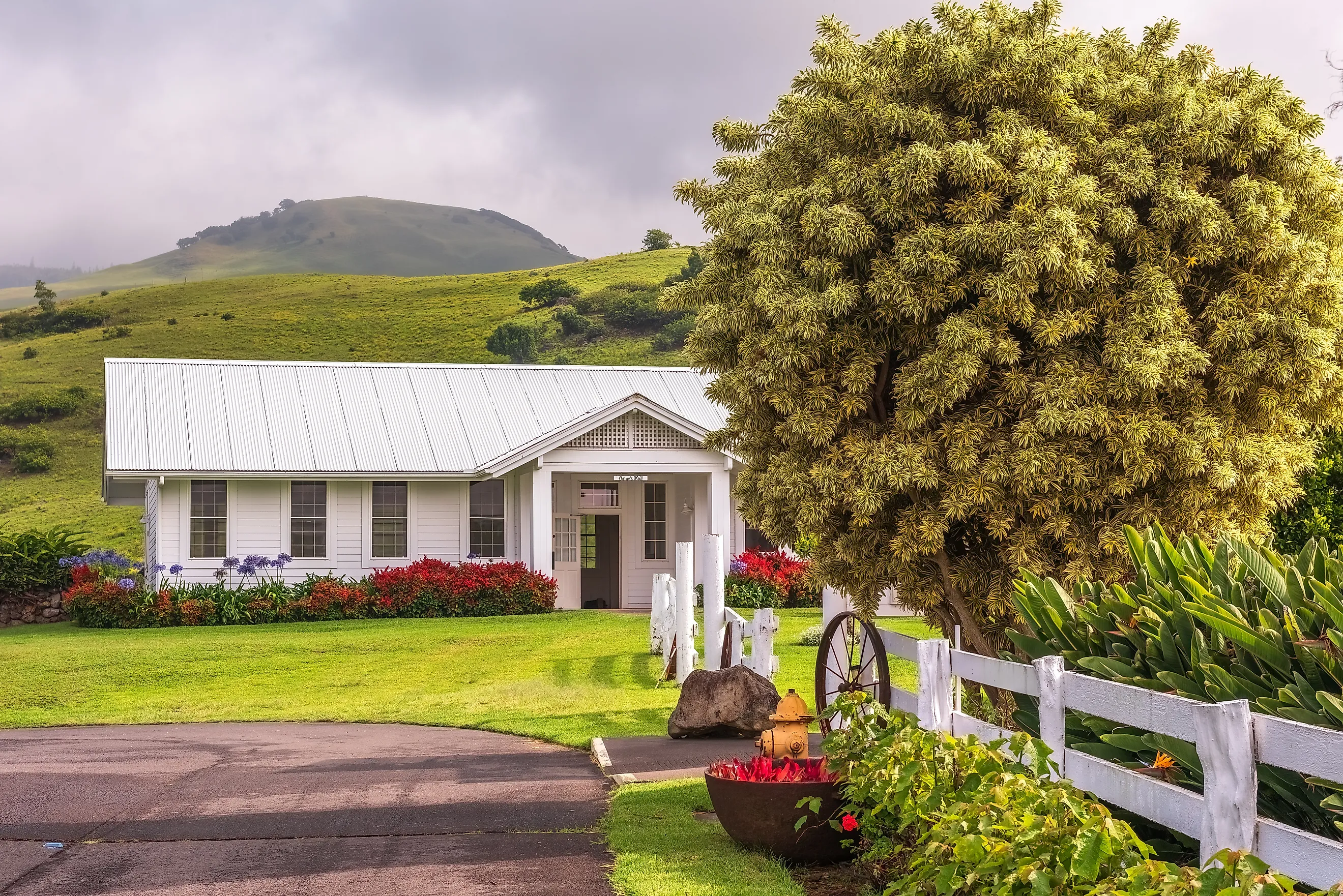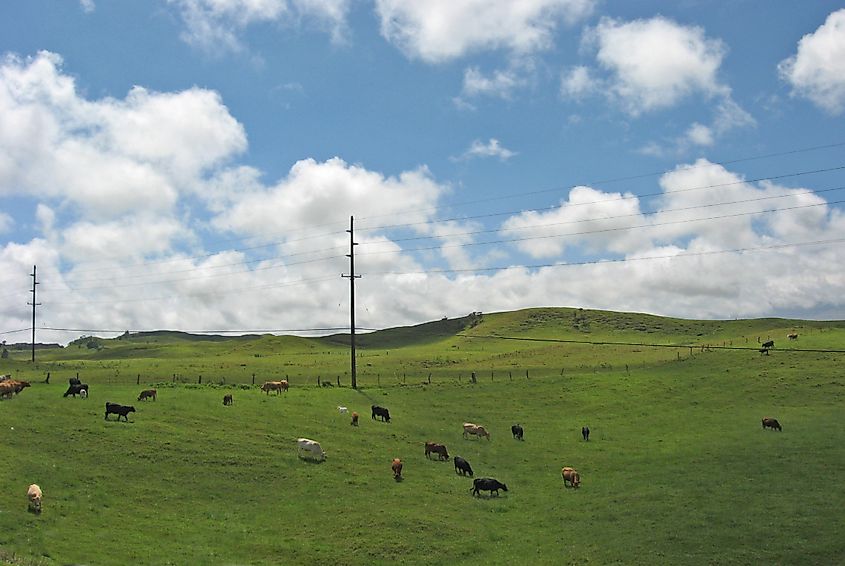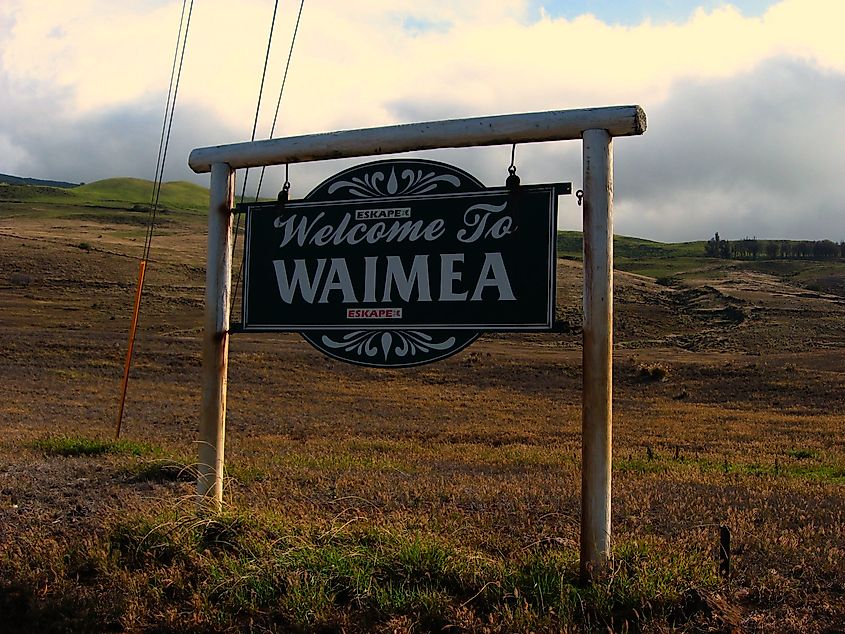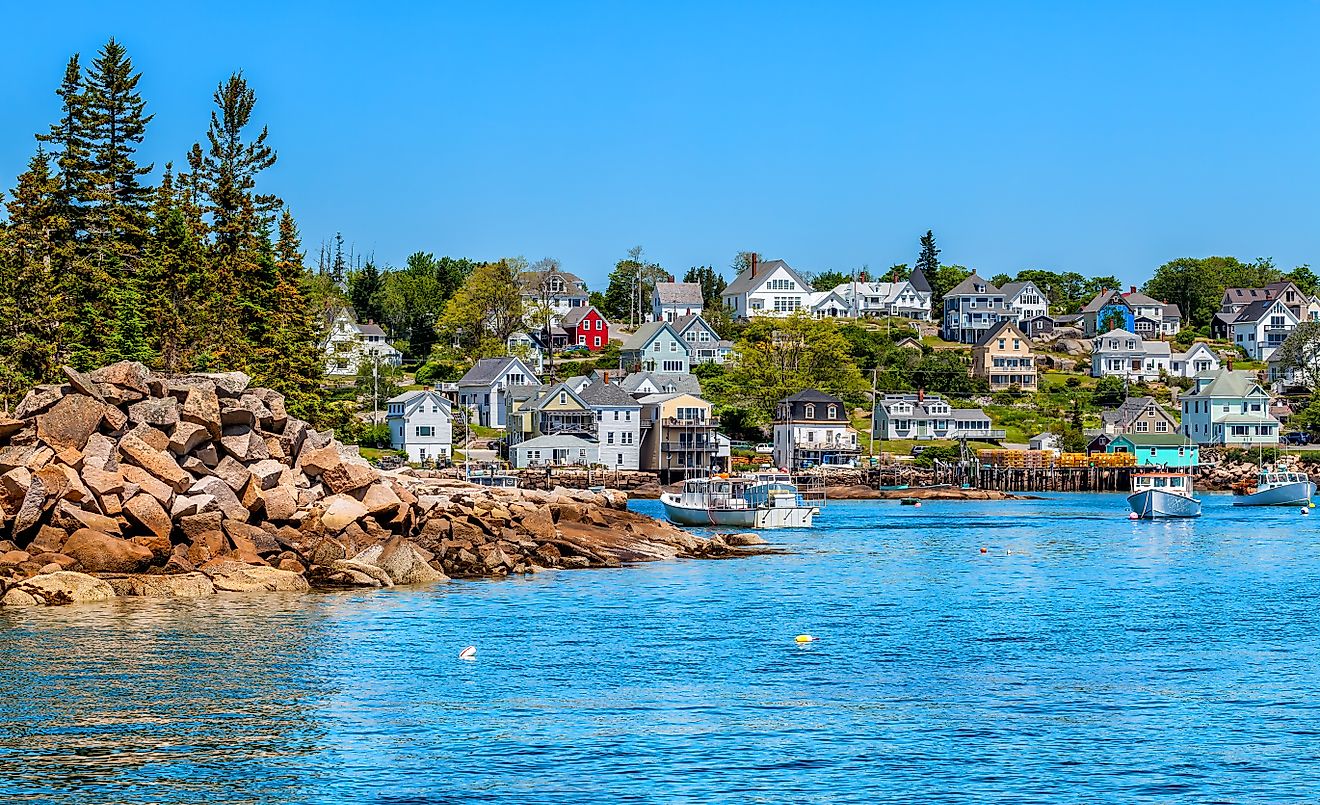
You Won't Believe This Town Is In Hawaii
Are you in Hawaii but want to experience something other than beaches, world-class surf, and resorts? The small community of Waimea in the heart of the Big Island may be just what you need, then.
With a unique culture deeply tied to ranching and farming, and groundbreaking modern connections to the study of outer space, it is simply a beautiful place, too, surrounded by lush parks and diverse ecosystems. Dive in and learn a bit more about this almost unbelievable destination in the middle of the vast Pacific Ocean.
A Sizable Ranching Community In an Unlikely Place

Waimea, located in the uplands of Hawaiʻi Island’s South Kohala district, has a distinct history shaped by cattle, ranching, and a rugged highland environment... not necessarily the first things that come to mind when one thinks about this tropical state.
The town’s story began in 1793, when British explorer George Vancouver gifted a few head of cattle to King Kamehameha I. The cattle then multiplied rapidly in this grassy region of the Big Island. However, this became a problem for other forms of local agriculture, as their population became out of control and they began literally eating away the natural environment around them.
In response, Kamehameha hired former sailor John Palmer Parker and further introduced Mexican vaqueros (cowboys), who came to be known locally as “paniolo,” in the early 1800s to help teach Hawaiians how to manage and herd livestock. The paniolos, in particular, laid the groundwork for a cowboy tradition that would become deeply embedded in the culture of Waimea forever.
In 1847, the now-famous Parker Ranch was established by John Palmer Parker. Over time, this ranch grew into one of the largest privately owned cattle ranches in the United States, dominating the landscape and economy of Waimea for generations to come. The ranch brought infrastructure, schools, and a sense of community to the region, mixing numerous different cultures into the welcoming townsite that you should make a point of exploring for yourself.
Experience Waimea's Culture and its Landscape at these Spots

The town is a great place to stop along a road trip or for an extended stay, with a number of worthwhile destinations that you can visit today. From farm-related draws to verdant parklands and scientific institutions, see some of what you can discover in Waimea below.
Parker Ranch

As mentioned, Parker Ranch is central to understanding Waimea’s identity. Luckily, it is open for visitors too. Covering 135,000 acres, it is by far Hawaii's biggest ranch, and you can tour the historic homesteads of the Parker family, view exhibits on ranching history, and explore the nearby pastures and trails on foot. Seasonal events, including an exciting rodeo, often take place on ranch grounds as well.
Hunting is another big activity here, where guides can take along for the chase after several different prey, mainly mouflon sheep, wild pigs, and goats.
The Waimea Town Market
Waimea’s various weekly farmers markets are essential stops for anyone interested in local culture and the area's highly productive agricultural scene. The Waimea Town Market, the most popular of which is held every Saturday at Parker School dowtown and features dozens of vendors selling Big Island-grown produce, coffee, handmade goods, and tasty prepared foods. The market is also one of the best spots to grab pasture-raised meats and locally made cheeses.
Many of its vendors, of course, source from surrounding ranches and small farms, making this attraction a good way to see and taste a direct connection to the upland region.
W. M. Keck Observatory Headquarters
Located on the summit of Mauna Kea and operated from its headquarters in Waimea (the closest real town), the W. M. Keck Observatory houses two of the most advanced optical and infrared telescopes in the world.
While access to the summit is often restricted due to challenges with elevation and the fact that it is indeed a functioning place of study, you can learn about the observatory’s work at its Waimea headquarters while in town.
The visitor center features exhibits on astronomical research, telescope technology, and Mauna Kea’s importance to both science and Native Hawaiian culture. Public programs here also include lectures, solar viewing events, and various educational displays, a fascinating place for both amateur and professional astronomers alike.
Pu'u O Umi Natural Area Reserve
Puʻu O ʻUmi Natural Area Reserve sprawls across the high slopes of Kohala Mountains, which loom just north of Waimea. Spanning a little over 10,140 acres, it holds rare montane bogs, dense ʻōhiʻa forests, and some rolling grasslands that are more typical of the area directly around town.
The drive along the Kohala Mountain Road is visually stunning, transitioning from pasture into mist-soaked forest, where trails lead past moss-laden trees, hidden streams, and remote waterfalls. The elevation then brings dramatic changes, with the drought-scorched grass at the base giving way to nearly 150 inches of yearly rain at the top!
Hiking here rewards you with wild terrain, where numerous endemic plant species and eye-catching viewpoints can be observed. Expect wet, muddy ground and minimal signage, though. It is advisable to bring a GPS along with a good pair of boots, too!
Get Away from the Beaches for a While in this Unique Hawaiian Town
Waimea certainly separates itself from Hawaii’s better-known coastal destinations. It is shaped by its lofty elevations, enduring ranching legacy, and highly unique paniolo culture, all of which you won't see much of elsewhere in the state.
From its working pastures to its links with cutting-edge astronomy, the town bridges old and new in a way few places do. Whether exploring historic ranchlands, hiking through highland reserves, visiting a science center, or simply strolling through a farmers' market, you will surely gain a deeper understanding of the Big Island’s diverse identity after spending some quality time in and around this cool location.











